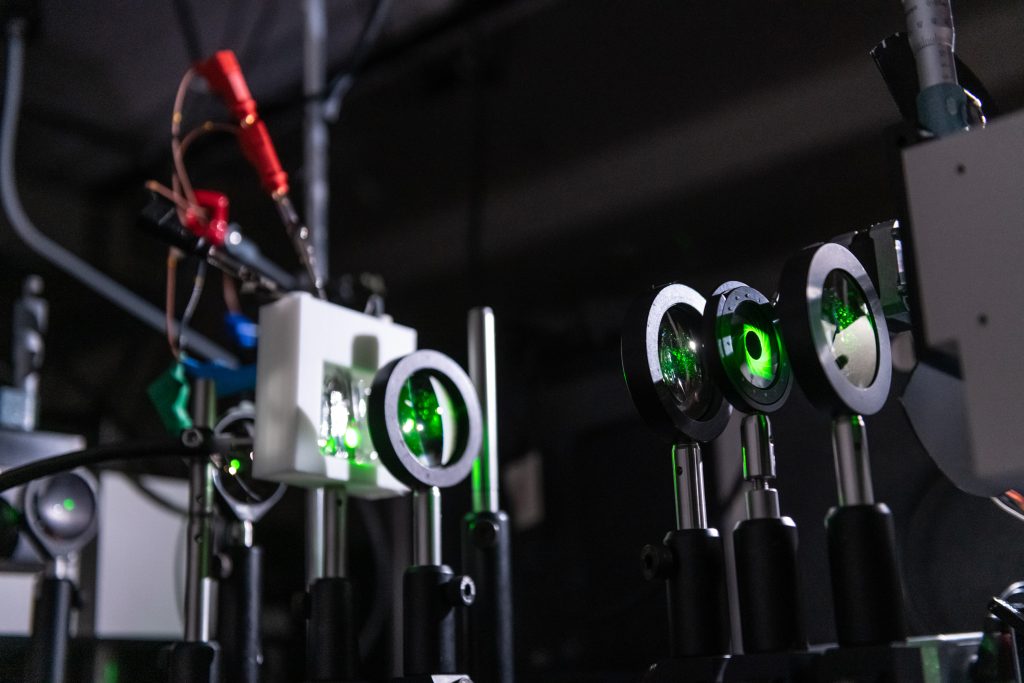Did you know that just 16.5% of the engineering sector are women? 23 June is International Women In Engineering Day, an international celebration to raise the profile of women in engineering and focus attention on the amazing career opportunities available to girls in this exciting industry.
In the post below, four women in our fantastic community share more about their careers and how they are helping work towards a better future.
Dr Stella Pedrazzini, Lecturer in Engineering Alloys and Metallurgy
 I work on the environmental degradation of engineering alloys. I look into the oxidation and hot corrosion of nickel and cobalt based superalloys and aqueous corrosion of steel. To this day, very few research groups around the world work on corrosion due to the challenges involved in this type of investigation. My research group also consists of mostly women – which is very unique in STEM. I also teach the 1st year undergraduate module in Materials Electrochemistry.
I work on the environmental degradation of engineering alloys. I look into the oxidation and hot corrosion of nickel and cobalt based superalloys and aqueous corrosion of steel. To this day, very few research groups around the world work on corrosion due to the challenges involved in this type of investigation. My research group also consists of mostly women – which is very unique in STEM. I also teach the 1st year undergraduate module in Materials Electrochemistry.
My research group is divided by material: we have people working on steels, on nickel-based superalloys, on titanium alloys and more recently on zirconium too. The noble metals are the only ones that don’t corrode (…easily!), everything else is worthy of investigation. Some of the work from my own research group has helped inform the corrosion rates of aero-engines, industrial gas turbines, nuclear reactors and medical implants exposed to body fluids.
I’ve been doing Outreach for ten years, including workshops, talks, and experiments. For me, the motivation for Outreach was primarily the lack of women in Science. My aim is to put the word out there that women can do science and engineering too and it’s important to change perspectives from a young age. For example, when asked to draw a scientist, many primary schoolchildren picture Albert Einstein. However, when asked to draw a scientist after I had presented a talk, schoolchildren were more likely to draw female scientists too!
Dr Jang Ah Kim, Research Associate
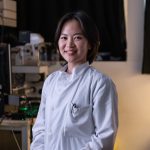 Light contains so much information about all the materials in nature. The more in-depth we analyse all the shades of light interacting with matter, the richer details are revealed and nanotechnology helps boost light-matter interactions. I utilise nanotechnology to develop smart sensing platforms boosting these light-matter interactions to detect disease biomarkers. We expect that the sensing platform would allow for fast screening of diseases, and therefore the early detection and treatment of diseases in the future.
Light contains so much information about all the materials in nature. The more in-depth we analyse all the shades of light interacting with matter, the richer details are revealed and nanotechnology helps boost light-matter interactions. I utilise nanotechnology to develop smart sensing platforms boosting these light-matter interactions to detect disease biomarkers. We expect that the sensing platform would allow for fast screening of diseases, and therefore the early detection and treatment of diseases in the future.
My peer researchers around me are the greatest inspiration. I am in a highly multidisciplinary, international and gender-balanced group, which is very special in academia. In this unique environment, there is always something to learn from the peers – not only about their research topics but also about different viewpoints, problem-solving skills, aspirations and attitudes towards life and career. This is why I have never gotten bored of working in academia, and what inspires me to grow every single day to be a better researcher.

Dr Irena Nevjestic, Research Facility Manager
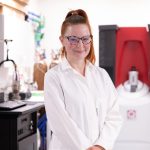 I am the facility manager for the SPIN-Lab research facility in the Department of Materials. SPIN-Lab straddles three faculties at Imperial and the London Centre for Nanotechnology. It is a state-of-the-art hub of magnetic characterisation to study spin-related phenomena which includes equipment for the study of strongly coupled and isolated spins. This combination of techniques is unique and it offers an insight into the fundamental properties of materials but also prospective applications of how these can be utilised.
I am the facility manager for the SPIN-Lab research facility in the Department of Materials. SPIN-Lab straddles three faculties at Imperial and the London Centre for Nanotechnology. It is a state-of-the-art hub of magnetic characterisation to study spin-related phenomena which includes equipment for the study of strongly coupled and isolated spins. This combination of techniques is unique and it offers an insight into the fundamental properties of materials but also prospective applications of how these can be utilised.
I meet a lot of different researchers in my role, which I find the most exciting part of running the lab. Since the SPIN-Lab is an open-access facility, I also have the opportunity to work with lots of users on different projects, which I really enjoy. This week, I had the chance to work on something that was completely new to me, which was a great new learning curve!
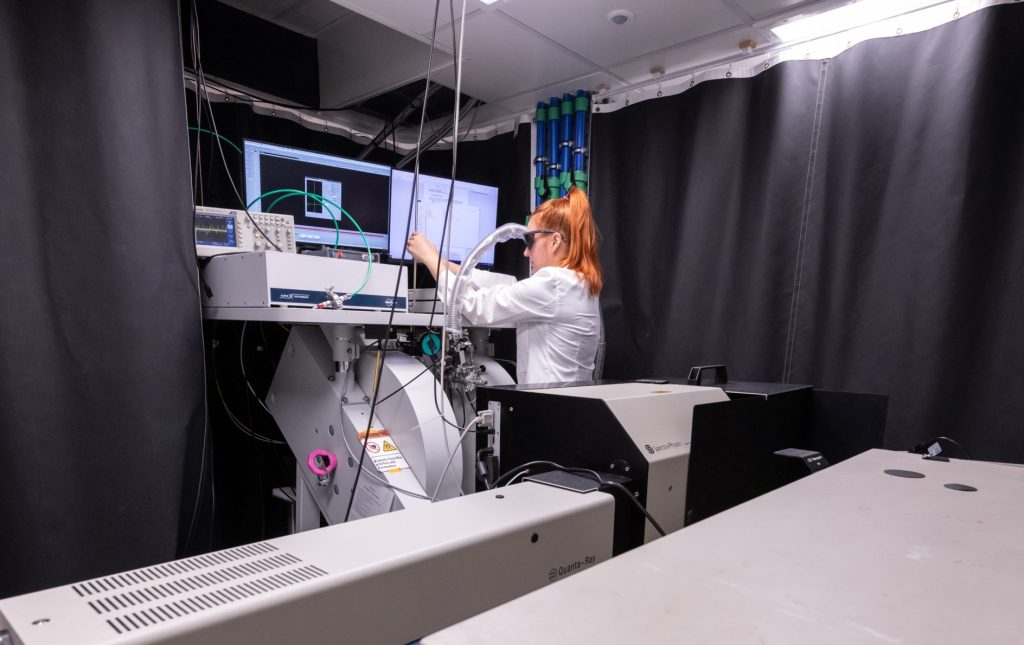
Dr Reshma Rao, Research Associate
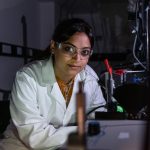 I work on discovering active, stable and low-cost materials that can catalyse green hydrogen production from water using renewable electricity.
I work on discovering active, stable and low-cost materials that can catalyse green hydrogen production from water using renewable electricity.
I use a range of operando techniques to understand how such materials function and degrade under the harsh operating conditions they experience in water electrolysers. The term operando (Latin word for working) refers to a class of analytical techniques where a catalyst under operating conditions is monitored in real-time and simultaneously characterizes its activity as well as selectivity. Using this atomic-level insight, I design next-generation catalysts for applications in water electrolysers that can enable green hydrogen production on a large scale.
One of the most exciting aspects of research is that my days are varied. Outside the laboratory, I work on data analysis, facilitate discussions of research projects in small groups, draft manuscripts to communicate my results to the wider scientific community and mentor several students. I’m also fortunate to have the opportunity to travel to present my work at conferences and collaborate with researchers at other universities!
